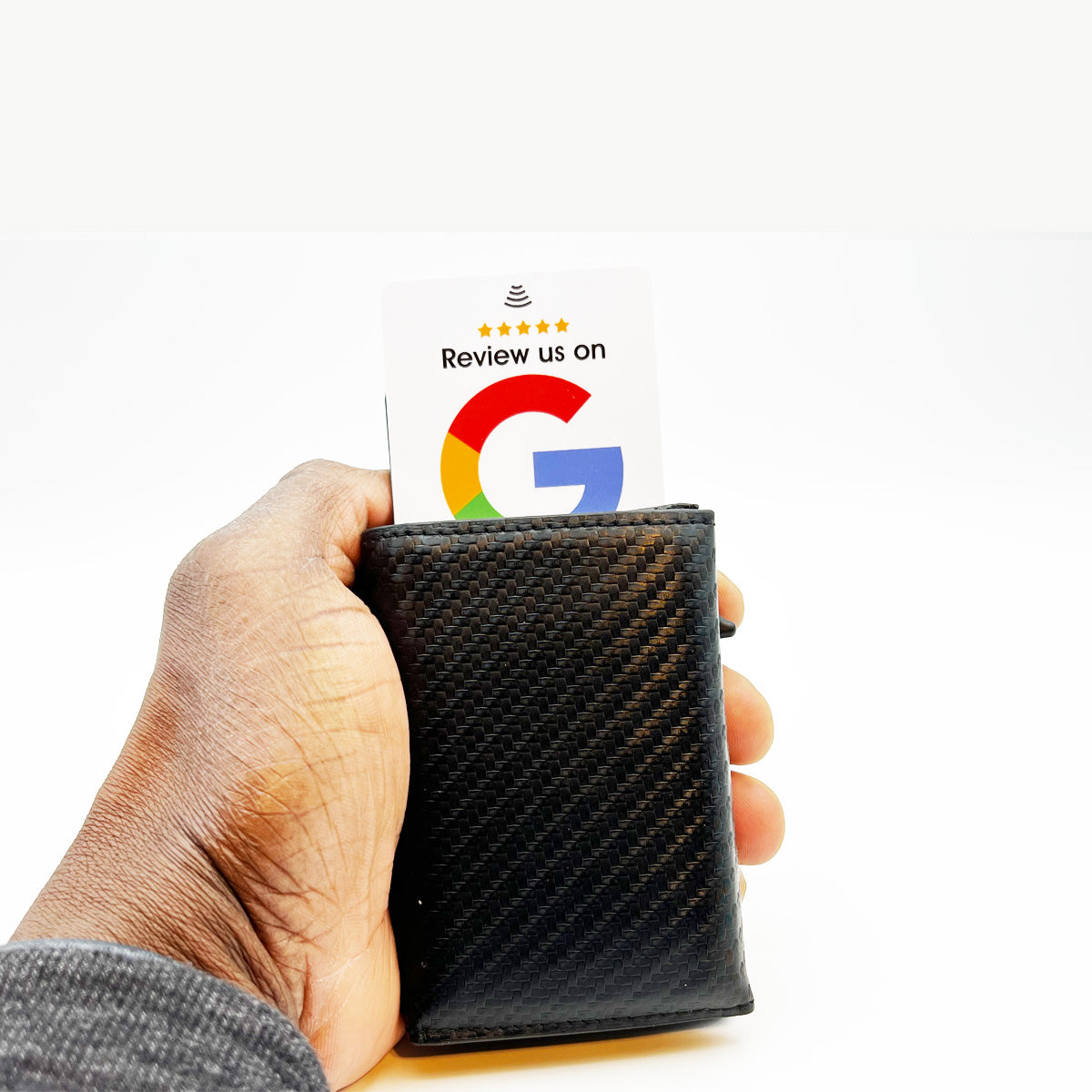In the digital age, Google reviews are a crucial factor in building trust and credibility for businesses. However, the methods used to collect these reviews vary widely in their effectiveness and efficiency. In this blog post, we'll compare different Google review collection methods, highlighting the pros and cons of each.
1. Traditional Methods:
Pros:
- Familiarity: Methods such as asking customers in-person or sending email requests are familiar to both businesses and customers.
- Personal Touch: In-person requests allow for a personal connection, potentially increasing the likelihood of a positive review.
Cons:
- Limited Reach: Traditional methods may not reach a wide audience, limiting the number of reviews collected.
- Inconvenience: Email requests can be easily ignored or overlooked by customers, resulting in low response rates.
2. Online Review Platforms:
Pros:
- Accessibility: Online review platforms like Yelp or TripAdvisor provide a convenient way for customers to leave reviews.
- Visibility: Reviews left on these platforms are visible to a wide audience, potentially attracting new customers.
Cons:
- Lack of Control: Businesses have limited control over the content and visibility of reviews on third-party platforms.
- Competitor Presence: Customers may be exposed to reviews of competitors, influencing their decision-making process.
3. NFC Single Tap Review Collection:
Pros:
- Convenience: NFC-enabled devices like table stands, cards, stickers, and banners make it effortless for customers to leave reviews.
- Immediate Feedback: Customers can leave reviews on the spot, capturing their feedback while it's fresh in their minds.
Cons:
- Initial Investment: Implementing NFC technology requires an initial investment in hardware and setup.
- Technology Dependence: NFC technology relies on compatible smartphones, potentially limiting its accessibility to some customers.
4. Social Media Engagement:
Pros:
- Engagement: Social media platforms provide an interactive space for businesses to engage with customers and encourage reviews.
- Viral Potential: Positive reviews shared on social media have the potential to go viral, increasing visibility and brand awareness.
Cons:
- Limited Control: Businesses have limited control over the content and reach of reviews shared on social media.
- Negative Feedback Amplification: Negative reviews shared publicly on social media can have a significant impact on brand reputation if not addressed promptly.
Conclusion:
Each Google review collection method has its own set of advantages and disadvantages. While traditional methods offer familiarity and personalization, online platforms provide accessibility and visibility. NFC Single Tap review collection offers convenience and immediacy, while social media engagement encourages interaction and viral potential. Businesses must carefully consider their objectives and target audience when selecting the most suitable review collection method to maximize the benefits of Google reviews.
By embracing innovative solutions like NFC technology, businesses can streamline the review collection process and enhance their online reputation, ultimately attracting more customers and driving success in the digital marketplace.



Share:
Analyzing the Impact of Customer Reviews on Brand Perception
How to Design an Effective Customer Review Strategy